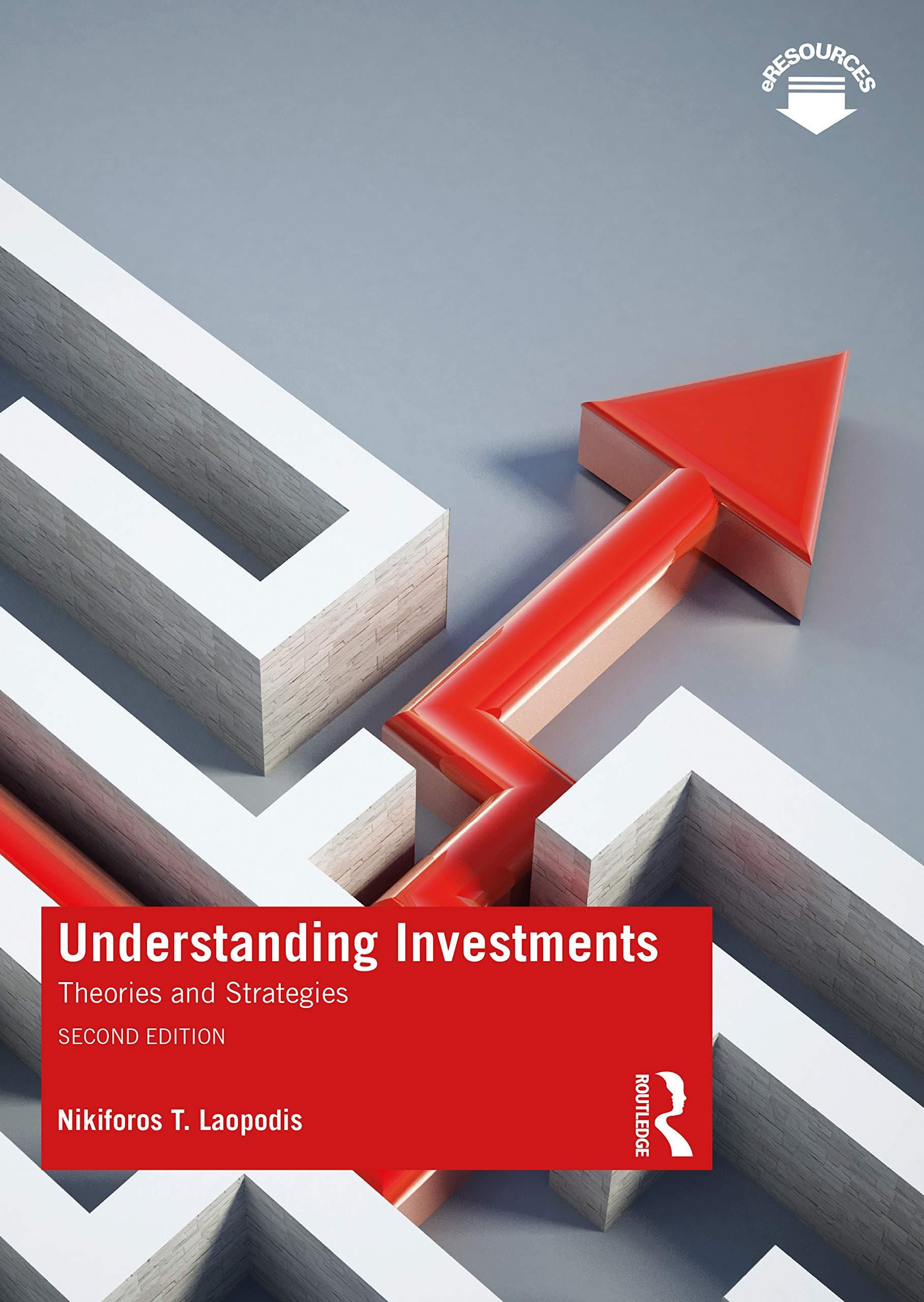Please answer the following questions based on the passage below. Some trading advantages of ETFs include the
Question:
Please answer the following questions based on the passage below.
Some trading advantages of ETF’s include the ability of an investor to trade an ETF immediately at any point in time during the trading hours, as opposed to mutual funds, where the investor must wait until after the end of the trading day. The credit crisis of 2008 also underscored some of the disadvantages of ETFs, which ranged from extra trading costs to unpredictable prices. For example, some ETFs have wide bid-ask spreads, which translates to investors paying larger premiums every time they trade. By contrast, some ETFS that trade in large volumes, like the SPDR, the spread is only a penny a share. In general, traders say that bid-ask spreads are wider during trading opening minutes than during the middle of the day.
Investors need to assess information on ETFs before they trade in them. For example, check if the ETF’s market price is close to the value of its holdings or the NAV. During the crisis of 2008
(in October of that year), many ETFs (of stocks and bonds alike) closed below the value of their holdings for the day. Earlier that year (in September), a market glitch led some ETFs to trade at prices double that of their underlying values. In addition, many traders were not happy with the quality of trade execution on ETFs. That is because sometimes brokers used a market order rather than a limit order (recall that a limit order instructs the broker to buy shares only if he can find them at or below a given price, not at current market prices). However, investors can see the premium or discount prices of ETFs on the web site of the company that sells them.
a What are the differences between ETFs and traditional mutual funds?
b Why are some ETFs preferable to others?
c Why do you need to keep an eye on an ETF’s net asset value (NAV) throughout the day but not so for a traditional mutual fund?
d What happens to the spreads of ETFs during up markets and during down markets?
What impact would that have on the investor?
e What is the role of a “price limit” as opposed to a “market order” in an ETF?
Please compute the following:
a The beginning adjusted net asset value of the trust b The ounces of silver to be sold to cover the sponsor’s fee c The ounces of silver in trust, ending (please round up numbers)
d The ending adjusted net asset value of the trust e The ending NAV
Step by Step Answer:

Understanding Investments Theories And Strategies
ISBN: 9780367461904
2nd Edition
Authors: Nikiforos T. Laopodis






